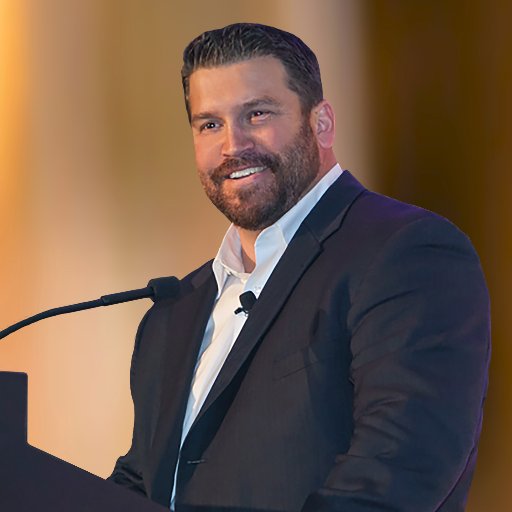The PEO Model
The PEO model will typically include the following components:
- Human Resources
- Regulatory Compliance
- Payroll Processing / Tax Filing
- Workers’ Comp Insurance
- Health Insurance
- Ancillary Benefits
- Workforce Management Technology
- Safety & Risk Mitigation
- 401(k)
While there are offering nuances within all these areas, and more that may be offered from the PEO, the above list will suffice as a general offering overview for the purposes of this article.
Macro Client Segmentation
The PEO industry typically segments its client base via a collar system, i.e., white-, grey-, and blue-collar clientele. These groupings, depending on the PEO’s client focus, will be the driver behind which facets of its offering the PEO will want to emphasize. The emphasis is largely driven by client demand.
When we review macro client segmentation within the PEO industry, we identify primary drivers within the PEO offering. Today we’ll explore the rationale behind these drivers.
Model Alignment with Buyer Demand
Depending on a PEO’s chosen client segmentation, what will the PEO want to emphasize within its offering to its prospective clientele? Simply put, it is a combination of what the buyer deems is important coupled with liability and cost drivers.
For example, with a white-collar client, PEOs will generally emphasize Human Resources, Regulatory Compliance, Health Insurance, and workforce management technology. With a blue-collar client, PEOs will typically emphasize Human Resources, Regulatory Compliance, Workers’ Compensation Insurance, and safety and risk mitigation. Why is there a difference in the emphasized offering when viewing two separate macro client segmentations? Because of what the buyer deems important coupled with liability and cost drivers.
Contrasting Demand
A white-collar business is not overly concerned with workers’ compensation because the 8810 clerical code for workers’ comp is less than a half a dollar per one-hundred of payroll. Moreover, white-collar businesses don’t have the same inherent risk as blue-collar companies.
This brief contrast illustrates what the client deems important coupled with cost and liability drivers. Blue-collar companies deem WC important due to the inherent risk to their workforce with more dangerous jobs, and poor performance with claims equates to injured employees, lost productivity, increased liability and cost for a blue-collar client.
Alternatively, a blue-collar client may not deem workforce management technology as a key buying driver, whereas a white-collar client may view that technology as pivotal. Why?
Because a trade contractor (blue-collar) has workers in the field constructing buildings and may not have the same need for workforce technology, whereas a (white-collar) financial institution puts a higher value on workforce efficiency and connectivity with office and remote workers. The liability for a construction workforce that doesn’t connect via an online portal is lower than that of a financial institution.
Conclusion
A PEO may offer the full menu of product and service offerings, but it should be cognizant of when and what to highlight based on its chosen client segmentation. PEOs that proactively design their go-to-market strategy with the end user (SMB/WSE) in mind, invest and accentuate the facets of its offering that will most commonly resonate with their buyers. Moreover, understand the buying drivers of your client base and the liabilities and costs associated with these drivers allow a PEO to tap into common client pain points. This gives the PEO the ability to solve client pain points and the byproduct to the PEO is increased close ratios and higher client satisfaction/retention.
Author

Rob Comeau is the Founder of NPG, an online PEO publication. He is also the CEO of Business Resource Center, Inc., a business consulting and buy-side M&A advisory firm with a niche focus on the PEO and peripheral industries.
To view BRC’s offering, please visit www.biz-rc.com
